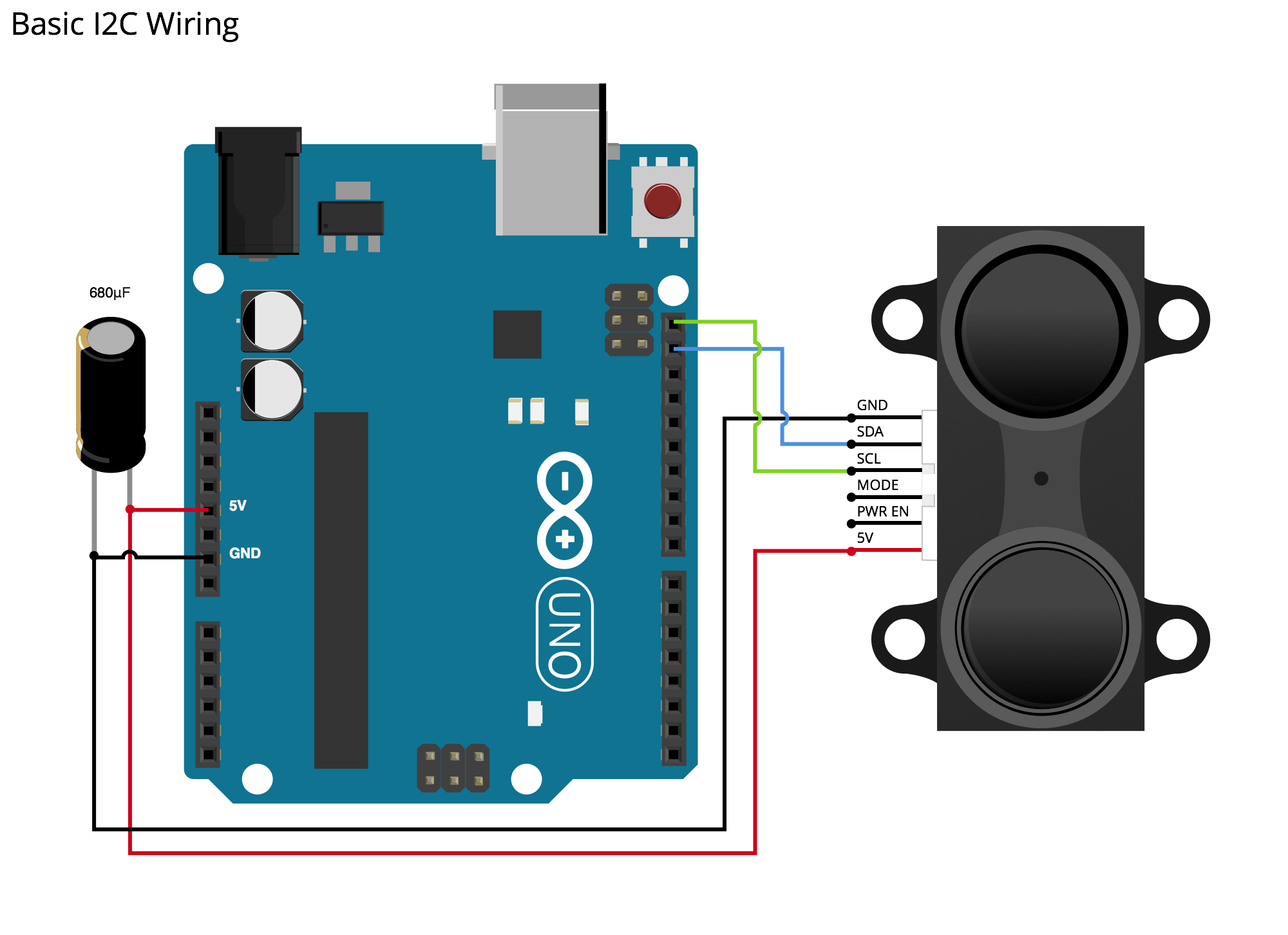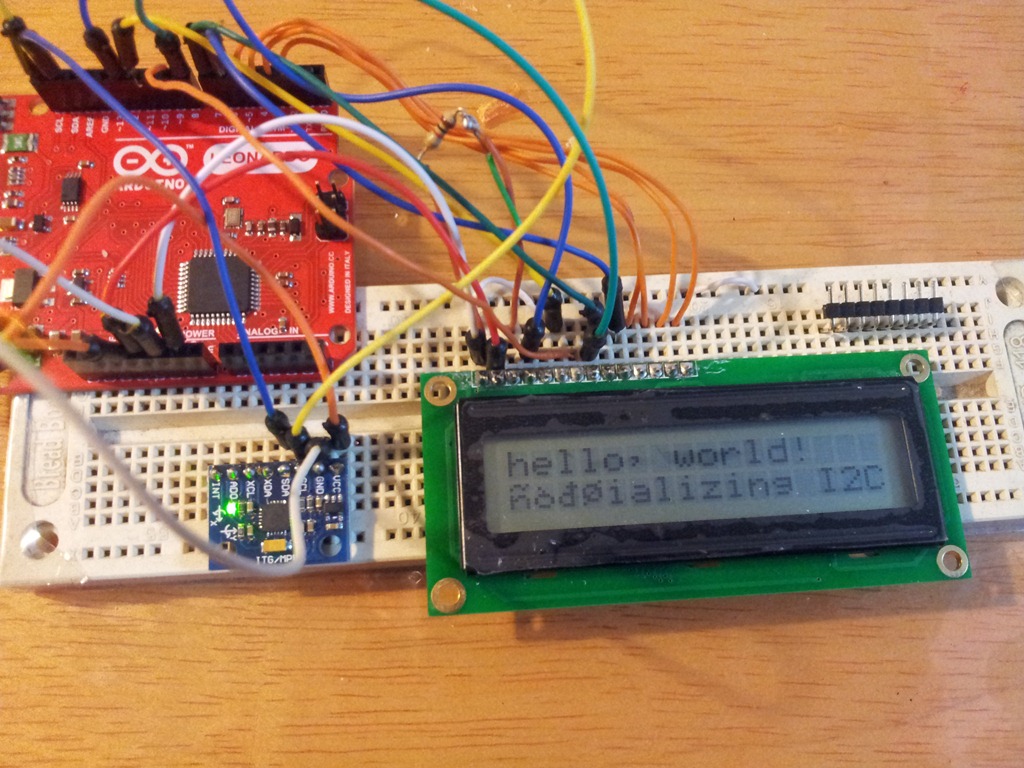

The latest ATtiny 0-series, 1-series, and 2-series processors, such as the ATtiny414.Two unusual ATtiny processors that provide a TWI peripheral, the ATtiny48 and 88.Ī new version of the TWI peripheral is featured in:.Most of the original ATmega processors, such as the ATmega328P used in the Arduino Uno, ATmega2560 used in the Arduino Mega 2560, and the ATmega1284P.This provides full master I2C support, and is featured in: The routines to support the USI are based on the code described by Atmel Application Note AVR310. The USI provides master I2C support to ATtiny processors with a USI peripheral, namely: Over the years different generations of AVR chips have featured three different, incompatible peripherals to handle I2C: Universal Serial interface (USI) peripheral

These I2C routines are designed to provide master I2C functionality for all Microchip/Atmel AVR processors. The main difference between these routines and the standard Arduino Wire library is that these don't need to use buffers, so have much smaller memory requirements and don't impose a limit on transmissions. To demonstrate the routines I've designed a port scanner that displays the I2C address of a sensor on a dot-matrix display, and a digital thermometer that reads the temperature from an I2C temperature sensor and displays it:Ī simple Dot-Matrix Thermometer based on an ATtiny84 using these TinyI2C routines. This article describes a set of minimal I2C routines that allow just about any Microchip/Atmel AVR processor to connect to I2C peripherals. Tiny I2C Routines for all AVR Microcontrollers


 0 kommentar(er)
0 kommentar(er)
